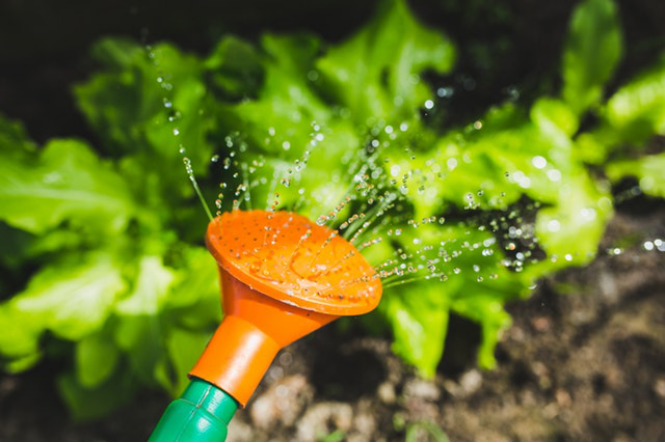
Once the plants have been set up in containers or in the ground, the essential thing they need in order to survive and thrive at this point is water. The thing is, because of chemical additions and treatments, tap water isn’t always an ideal plant nourishment option. Here are other types of water you can use to grow your plants.
Rainwater
Experts state that as long as the area your residence is located in doesn’t have a lot of air pollution, rainwater is an outstanding choice for watering the garden. In order for you to get water for use in the garden, however, it’s no longer enough to do it the old way, which involves the use of a downspout and barrel. Instead, the following components need to be setup: catchment area (roof, preferably an unpainted metal roof), drainage system (gutters and downspout), a large water tank (or a small water tank, or any tank for that matter), water purification system (filters, meshes, first flush diverter, and purification method), and water pump (which allows for the even and consistent distribution of water across parts of the plumbing the rainwater harvesting is connected to).
The proper setup of the above components means ensuring that every opening is sealed to prevent the entry of harmful animals, such as mosquitoes and rats, into the tank. Aside from the proper setup of these components, it’s also important that they go through proper maintenance at the correct time or when they are most needed.
Proper maintenance of the rainwater harvesting system can involve: checking that the catchment area is free of fallen leaves and twigs and other debris and contaminants, regular assessment of inlet and outlet screens to remove the chances of small animals making their way in the tank, regular cleaning and checking of the water purification system, the desludging of the tank every three years, assessment of the tank’s structure, and assessment of the pump.
Reverse Osmosis Water
If reports of acid rain are frequent in the place you live in, reverse osmosis water is another decent option for watering the plants. Reverse osmosis, also called RO, is the process of removing contaminants and chemicals from water from the tap by running this water through a number of filters. Experts state that while it’s true that the equipment itself is expensive, you will get ROI from this investment; upon purchase of the equipment, it becomes a good source of water for plants. A reverse osmosis system comes in three variants: a full-house unit, a unit which fits underneath the sink, and a unit that attaches to the tap in the kitchen.
Distilled Water
Distilled water is water that has its minerals and chemicals removed. That said, it’s no wonder why experts state that the use of distilled water is a much better option for watering plants.
One way of distilling water, particularly removing its chlorine content, involves the following steps. First, fill your container with water from the tap. Next, place it outside, making sure it’s left there for a couple of days. Third, store water in a jug or two.



Leave A Comment